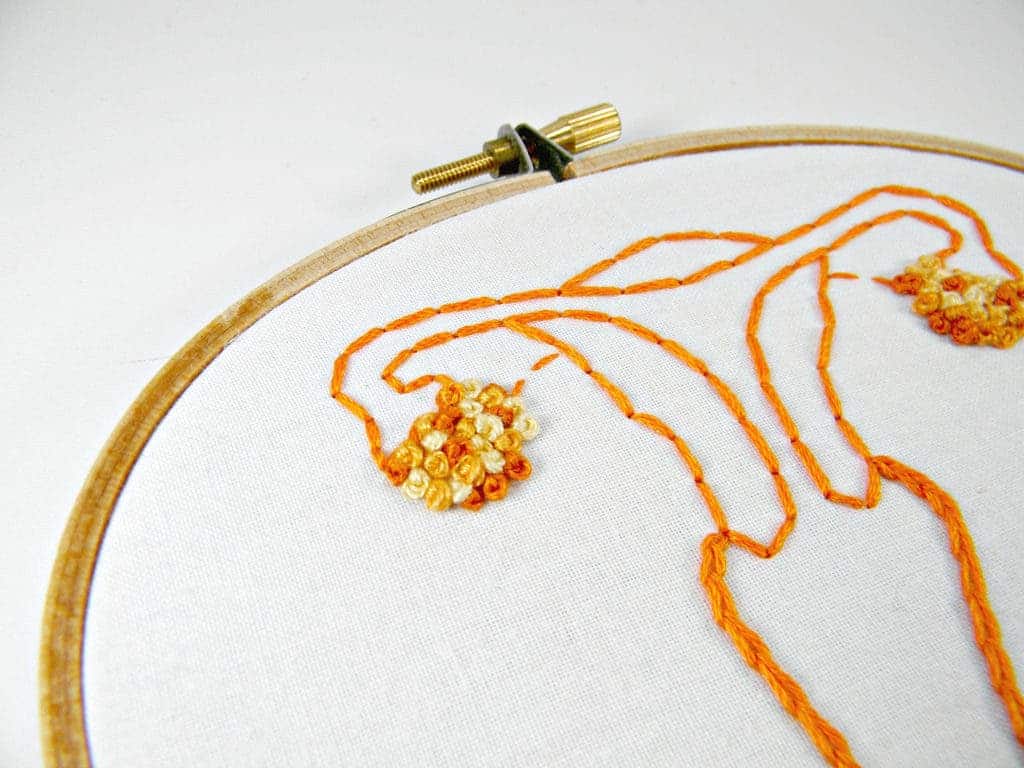A Texas hospital has performed four uterus transplants from live donors, one of which was successful. This marks the first occasion such a procedure has been performed in the US.

The four women underwent transplants in September. They all had a condition called Mayer-Rokitansky-Küster-Hauser syndrome, which caused them to be born without a uterus. So far, three of the organs had to be removed as they weren’t getting enough blood flow, and the doctors feared the possible complications which might have developed. The fourth patient is stable and the procedure seems to be doing well so far. A statement by BaylorScott&White, the hospital who performed the transplants, says that the surgical team was “cautiously optimistic” that the fourth uterus would be functional.
“This is the way we advance, from learning from our mistakes,” lead surgeon at Baylor University Medical Centre in Dallas, Giuliano Testa, told Time.
“I am not ashamed of being the one who will be remembered as the guy who did four [transplants] in the beginning and three failed. Even if through failure, I am going to make this work.”
The procedure is still experimental and there’s a high failure rate. More research and operations are needed before it’s deemed safe. Even if the surgery becomes widely available, it’s very likely it will take a huge financial toll on potential patients. But, for women born without a uterus or for those who’ve had it damaged or removed, undergoing such a transplant might be their only change at getting pregnant and having children. Here’s a basic run-down:
[panel style=”panel-success” title=”Here’s the basic rundown” footer=””]Surgeons take the uterus and part of the vagina from a donor, living or deceased.
This is then implanted in the patient. Surgeons connect the uterus to the body’s circulatory system, and attach it along the vagina and pelvis. No nerves need to be attached.
In case of a successful transplant, the patient should be able to safely get pregnant in about 6 to 12 months’ time. In virto fertilisation will be used (as the uterus is not connected to the ovaries).
The woman will have to deliver via a C-section.[/panel]
At this point, the doctors are sadly not sure if the fourth case will be a success or not.
UK doctors plan to perform the procedure using non-living donors in the near future, but for now, Sweden is the only country apart from the US where such transplants have succeeded. The nine procedures in Sweden used live donors — like the Texas ones — and some of the women went on to have children. The experts helped the TBaylor team during the operations.






